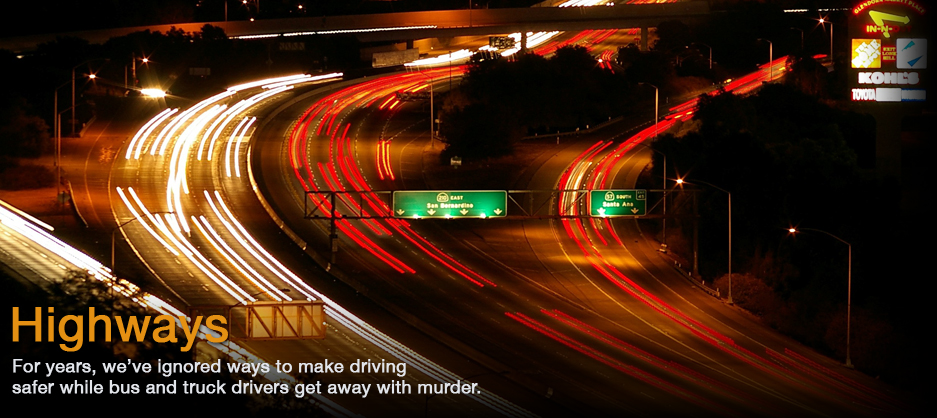Two Sides of the Debate
There are two clear sides in the debate over how to curb the nation’s distracted driving epidemic.
Transportation officials say enforcement and public education are the most effective countermeasures. But some psychologists say fear campaigns – such as Shaw’s speeches – don’t work.
“You can’t win that way,” said Gerald Wilde, a professor emeritus of psychology at Queen’s University in Ontario, Canada. “You can’t scare the hell out of people and then think, ‘OK they will behave more sensibly.’ It just won’t work.”
Wilde has long researched transportation behavior. He theorizes that safety laws can make drivers more reckless. Wearing a mandatory seatbelt, for example, makes a driver feel safer so he or she might actually drive less carefully, he said.
Policymakers need to focus on government-based incentive-driving programs, similar to successful insurance-company incentives for customers with accident-free and ticket-free driving, Wilde said in a telephone interview.
On the other side of the debate, Jose Ucles, spokesman for National Highway Traffic Safety Administration, said in an email “It’s not up to the government to be giving incentive rewards for good behavior.”
Ucles isn’t aware of any state incentive programs to curb distracted driving. Although enforcement efforts to reduce distracted driving exist across the nation, incentive-based programs don’t exist at a federal level either, he said.
Solutions to distracted driving are still being explored, even as drivers of all ages increasingly use a variety of high-tech devices while behind the wheel, Ucles said.
“They’re doing it every day of the week, when going to work, school, shopping, even in the rain, and with kids in the car,” he said.
At the federal level, NHTSA encourages parents to stop their teens from distracted driving. And in 2009, President Barack Obama signed an order banning federal employees from texting behind the wheel while on the job.
The alarm bells against texting while driving also are ringing in many states.
More than half the states have highway safety plans and goals to lower distracted driving deaths and injuries, according to the Governors Highway Safety Association. At least 18 states require driver education programs to include sections that teach the dangers of distracted driving, according to the association’s 2010 survey of state safety programs.
And since states have initiated distracted driver laws, there has been a slight downward trend in distracted driving deaths – from 5,998 in 2007 to 5,474 in 2009, according to the National Highway Transportation Safety Board.
The board reported in July that pilot programs in New York and Connecticut indicate that enforcement and public awareness programs “significantly curb texting and cellphone use behind the wheel.”
Reggie Shaw favors the enforcement-public awareness side of the debate. He said incentives would not have kept him from texting while driving because he believed he was a safe driver.
Shaw continues to visit schools to tell his “extremely difficult” story. And he’s getting noticed. Earlier this year, he appeared on Oprah to share his experience.
“I know without a doubt I’m making an impact on at least one person everywhere I go,” he said. “That’s absolutely worth it to me. If I can change one person then I might have saved someone’s life.”
Light Sentence Leads to New Law
Five years after his accident, Reggie Shaw no longer has a criminal record. His two misdemeanor negligent homicide convictions were expunged in June. All court records for his case have been destroyed.
But the 2009 Utah law that his accident prompted now imposes a much harsher punishment on texting drivers. Drivers who kill or seriously injure others while texting now are charged with felonies and face 15 years of prison time and as much as $10,000 in fines. Drivers who do not cause accidents but are caught texting in their cars are charged with a misdemeanor and face up to three months in jail and $750 in fines.
The effectiveness of Utah’s texting law is difficult to determine because no uniform methodology exists to collect distracted driving data, said Cpl. Todd Johnson of the Utah Highway Patrol, in a telephone interview. What’s more, he said, automobiles are increasingly equipped with more and more high-tech distractions each year, so comparing one year to another would be like comparing apples and oranges.


 In No Shape to Drive
In No Shape to Drive